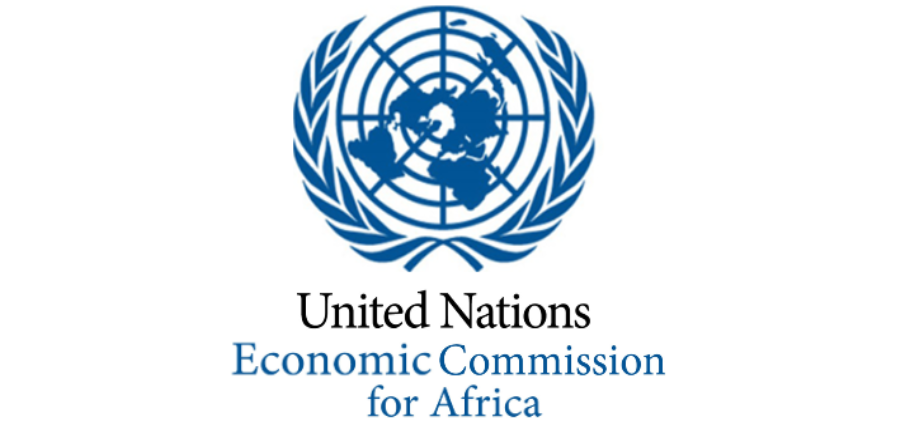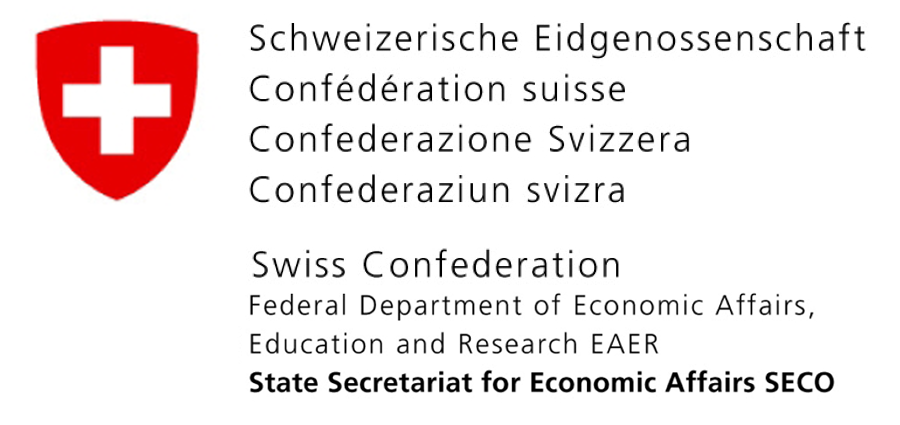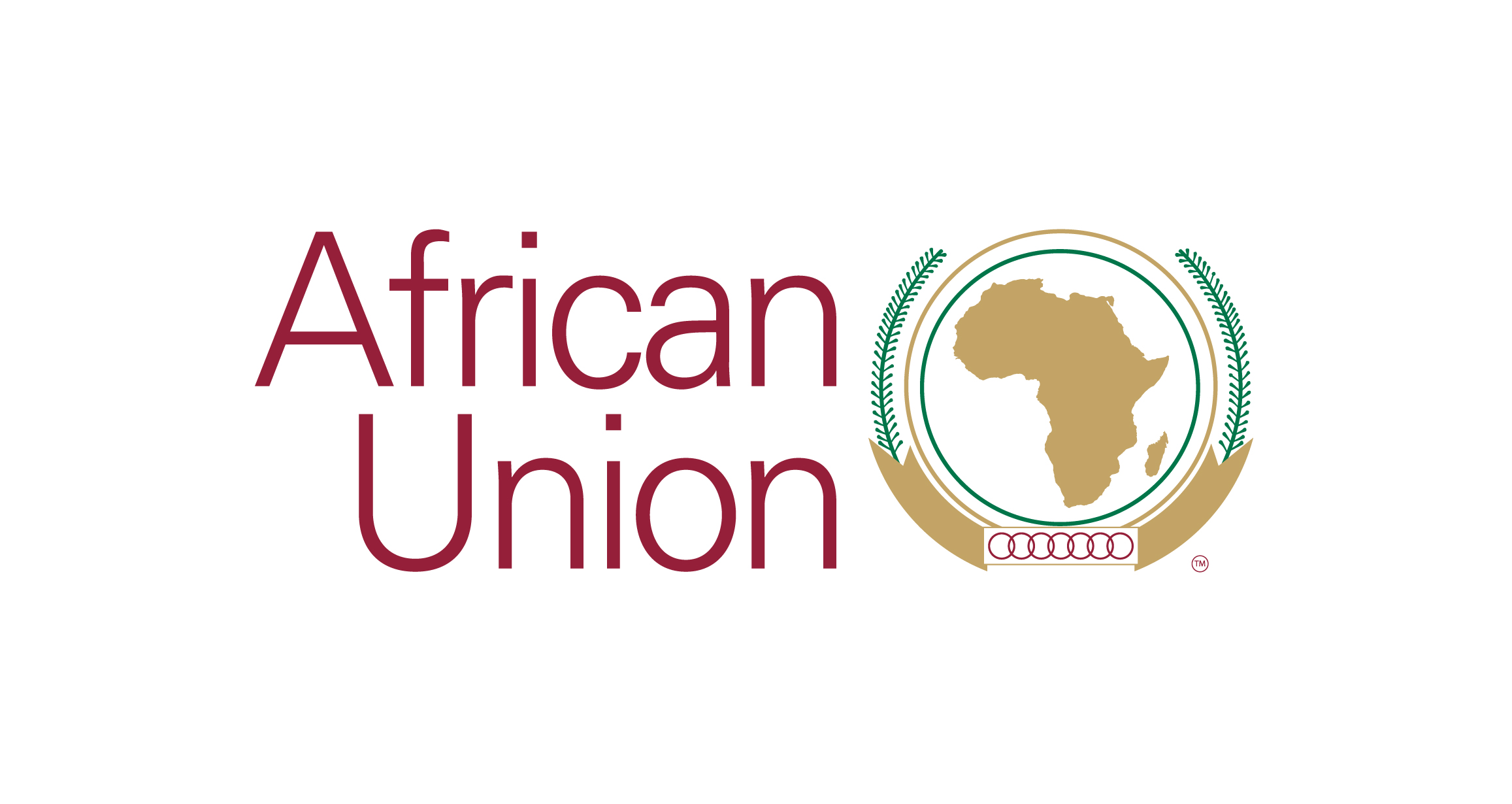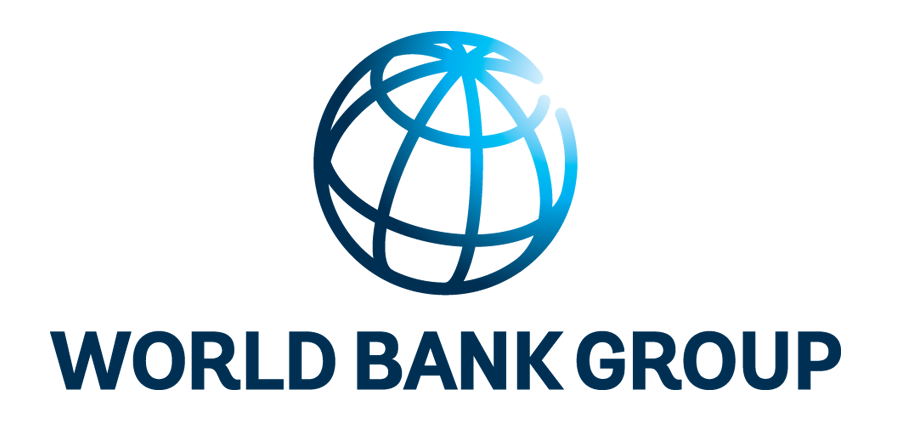Africa’s Road Networks at Risk
Africa’s road networks are under increasing strain. A combination of climate change, rapid urbanization, and limited maintenance resources is accelerating road deterioration, disrupting mobility, and undermining connectivity. Many countries struggle with inadequate funding, institutional constraints, and outdated asset management systems—factors that compromise the safety, efficiency, and longevity of road infrastructure.
Without a proactive and climate-resilient approach to road asset management, these challenges will only intensify. Extreme weather events—such as floods, droughts, and rising temperatures—are placing unprecedented stress on vulnerable transport systems, threatening access to jobs and essential services, and hampering economic growth.

Only 1 in 3 rural inhabitants in Africa

$150B+ in climate-related road repair

Africa has the lowest rural road accessibility
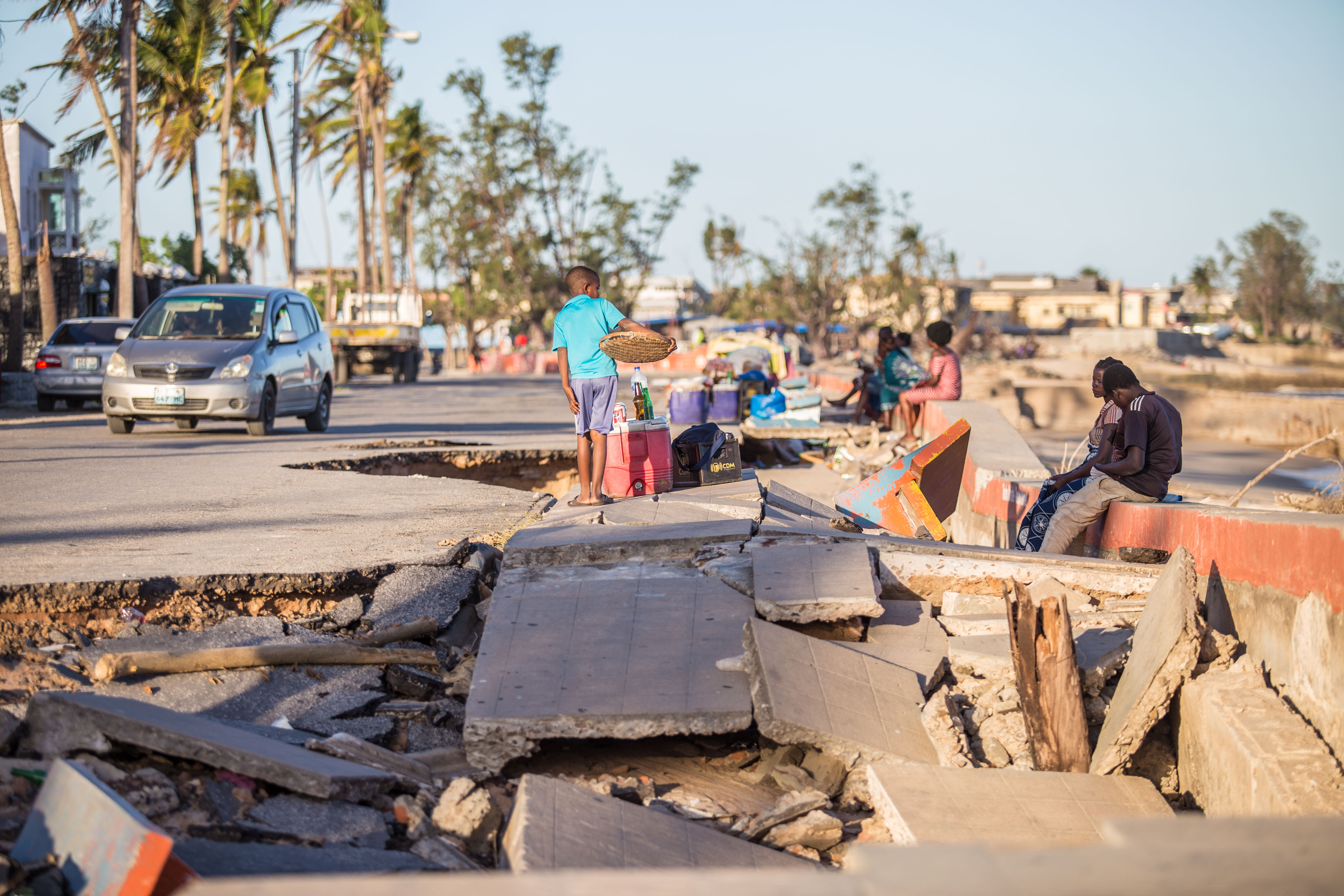
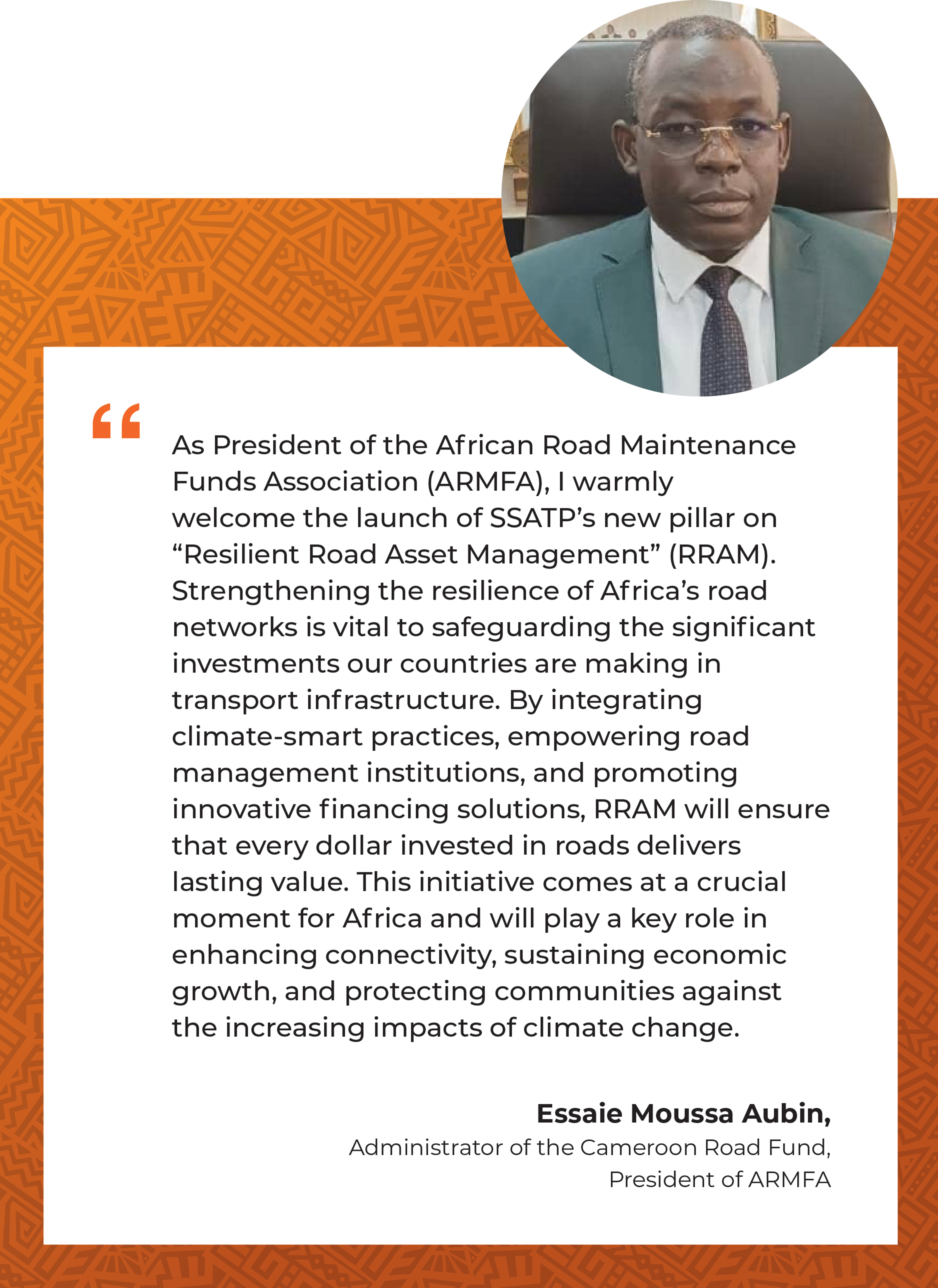
SSATP’s Response
As part of its Fourth Development Plan (DP4), SSATP officially launched the Resilient Road Asset Management (RRAM) pillar at the 2025 Annual General Meeting in Cotonou, Benin. This new pillar was created to help African countries future-proof their transport infrastructure by integrating climate resilience into national and local road systems.
RRAM supports the adoption of climate-smart policies, sustainable maintenance practices, and innovative financing mechanisms to improve the durability, reliability, and efficiency of Africa’s road networks. Through a combination of technical assistance, knowledge exchange, and institutional capacity building, SSATP is working with its member countries to strengthen road asset management frameworks at all levels.
The RRAM pillar focuses on four strategic priorities:
- Embedding climate resilience into road planning and investment
- Enhancing rural and local road accessibility and maintenance
- Strengthening the performance and financing of road agencies
- Promoting digital tools and building capacity across the sector
Activities under the RRAM pillar are aligned with continental development priorities and global climate goals. The pillar is funded by the European Commission and implemented under the technical leadership of SSATP by the TRAC consortium.
Towards Resilient Road Networks
The RRAM pillar, though newly launched, draws on SSATP’s decades-long track record in strengthening road asset management systems across Africa. Its roots lie in the Road Management Initiative (RMI), launched in 1987, which laid the groundwork for today’s SSATP program. Through the RMI, SSATP helped shape the policies and institutions that remain essential today—promoting autonomous road agencies, establishing second-generation road funds, and introducing performance-based maintenance contracts to improve governance, financing, and accountability.
Building on this legacy, RRAM’s recently conducted Africa-wide diagnostic has identified compelling examples of effective road asset management in practice. In Namibia, innovative funding models have been introduced to secure sustainable maintenance financing. In Kenya, the creation of second-generation road funds has enabled predictable and transparent budget planning. In Ghana, the adoption of digital asset management systems has improved inventory accuracy and network monitoring.
These experiences illustrate the types of solutions RRAM will champion—integrating climate resilience, strengthening maintenance systems, and piloting innovative tools tailored to local contexts. By doing so, RRAM aims to ensure that Africa’s road networks remain reliable, efficient, and sustainable for generations to come.
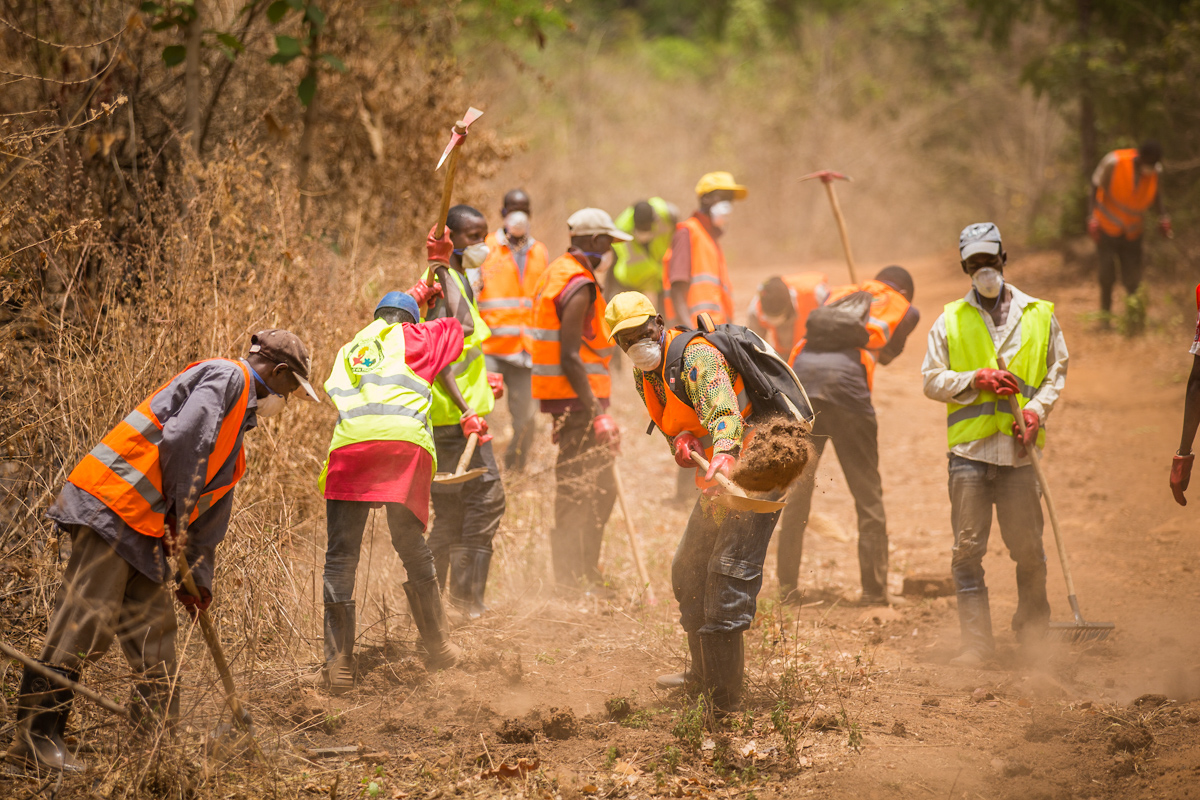
Featured Publication
SSATP's Fourth Pillar - From Maintenance to Resilience: Future-Proofing Africa’s Road Networks. This brochure outlines SSATP’s vision for the RRAM pillar and details the key areas of intervention. It presents a roadmap for transforming traditional road maintenance into a resilient, climate-smart, and inclusive system of road asset management.

